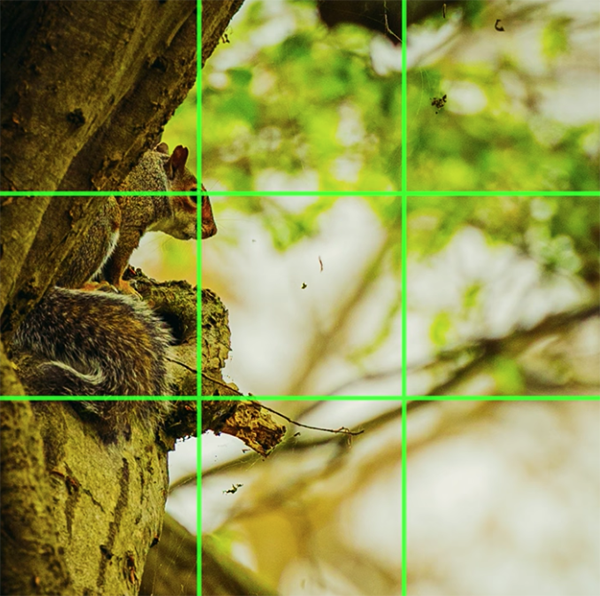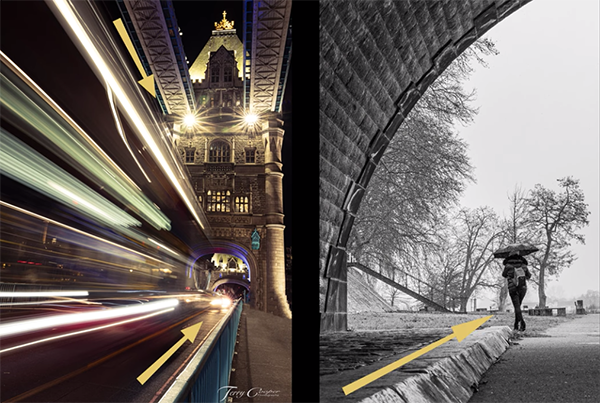Creative Composition: Beyond the Rule of Thirds (VIDEO)
If you’re serious about capturing the essence of your subjects and taking photography to the next level, developing better composition skills is a great way to start. In fact, understanding how to best frame a scene is one of the essential fundamentals of our craft. That’s the topic of the quick tutorial below from the Camera Focus YouTube channel.
Instructor Terry Copper is a professional landscape photographer known for his adept visual storytelling. In today’s 11-minute episode he reveals secrets to his success, specifically those related to effective composition that deliver attention-grabbing images.
He begins with this question: “How can we effectively arrange the vital elements within a scene and establish a harmonious relationship with one another?” This pretty much sums up the critical nature of refined composition, and the answers he provides will greatly improve your imagery. He also covers the importance of depth of field, and the proper use of light and shadow.

Cooper discusses several “rules” of composition, and when to ignore them. You may have heard some of these before, like the Rule of Thirds and the Golden Ratio that Leonardo D Vinci used within his iconic paintings. There are other guidelines, however, that are less familiar but equally or more helpful.
According to Copper, “composition is the language of photography, enabling you to tell your story, evoke emotions, and guide a viewer through your image.” He summarizes the most common concepts for the uninitiated, beginning with the Rule of Thirds. As you may know, this involves dividing an image into a three-by-three grid by drawing two equally spaced vertical lines and two equally spaced horizontal lines. The trick is to place key elements of a scene at the intersection points of these lines.

Another common method for composing compelling and dynamic images is to use leading lines within a scene that “direct a viewer’s eyes to a specific focal point or subject.” As you’ll see, by observing Cooper’s examples, these can either be physical lines or implied lines created by the arrangement of objects in the frame.
Things get even more interesting as Cooper delves into less familiar techniques for giving photos depth and adding a sense of movement and direction. He says these methods will “help create a visual journey for the viewer, leading them from foreground to background or from one point of the image to another.”
Cooper’s YouTube channel is a great source of information about outdoor photography, so be sure to take a look.
We also suggest watching a related tutorial we posted earlier, explaining the meaning of “visual hierarchy” and how to use it for perfectly composed photos.




